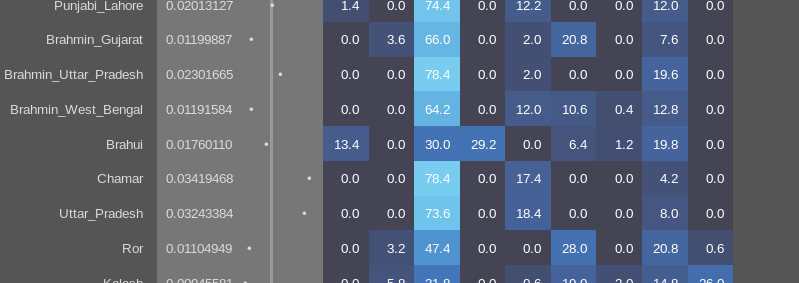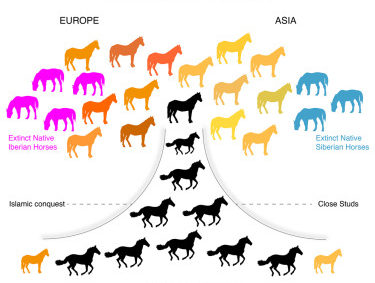West Iranian vs. East Iranian ancestry (with Vahaduo’s tool tutorial)

As you all know, there have been two aDNA papers released recently about Central Asia to North India. I didn’t dedicate a post to them (there are comments in the previous thread about them, though), mostly because the first one (The formation of human populations in South and Central Asia, Narasimhan el al. 2019) had… Continue reading



